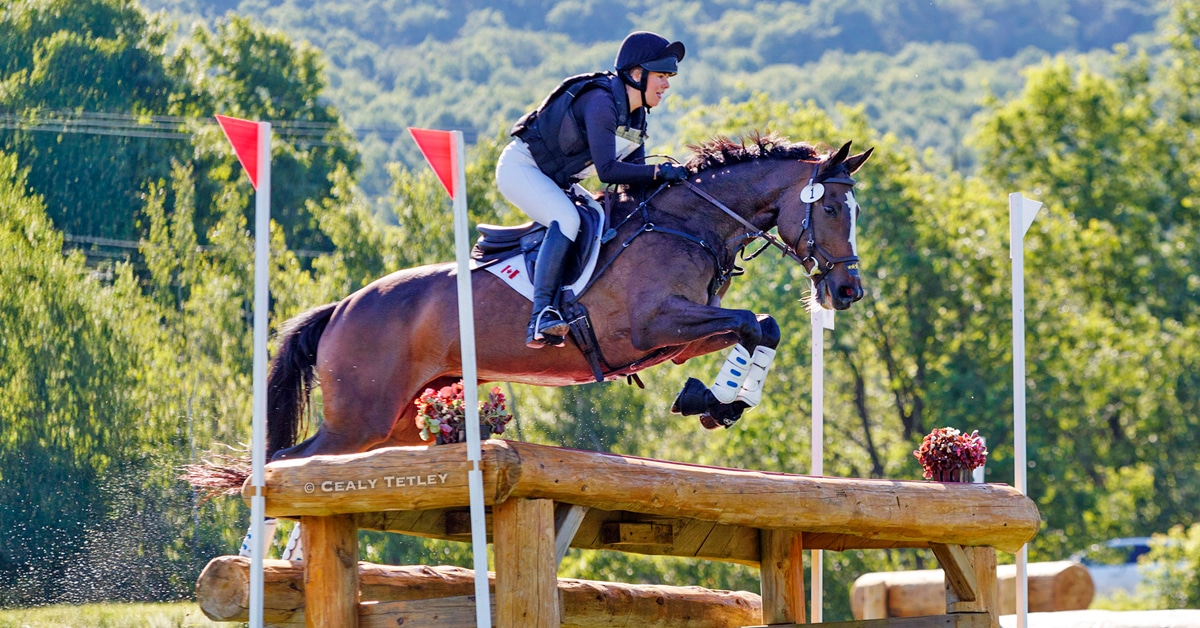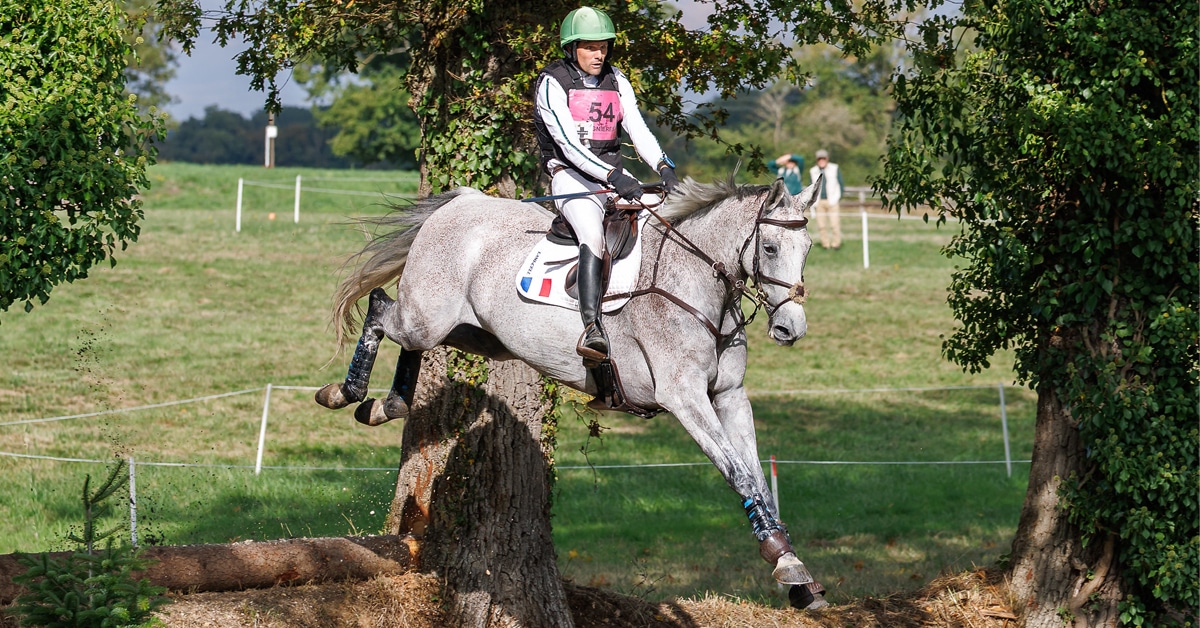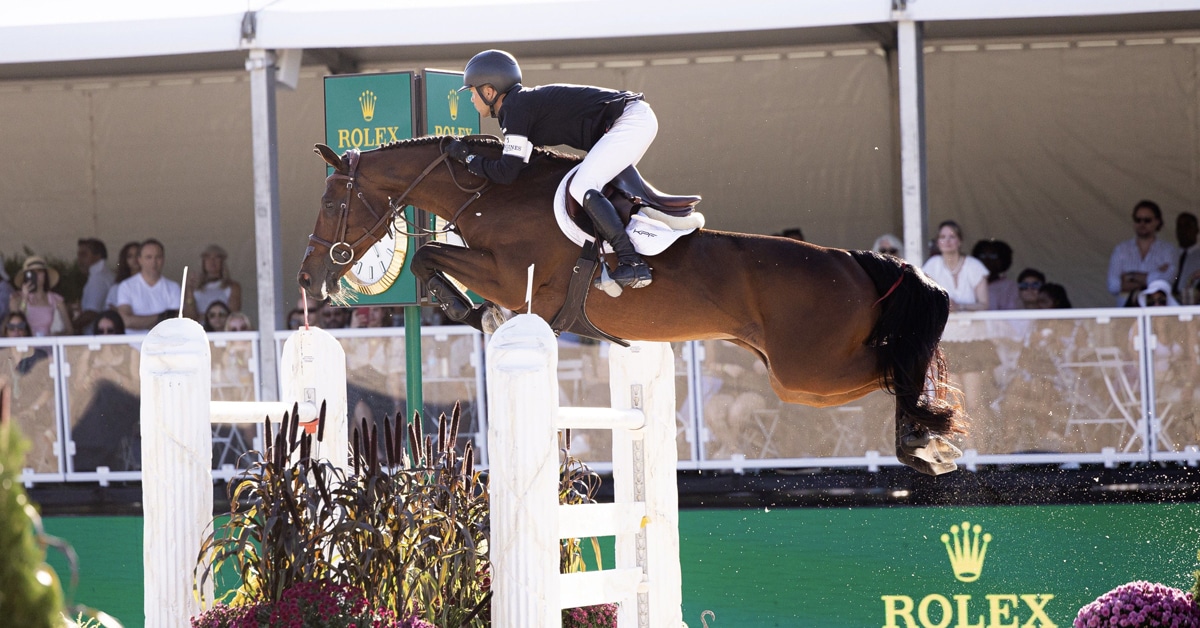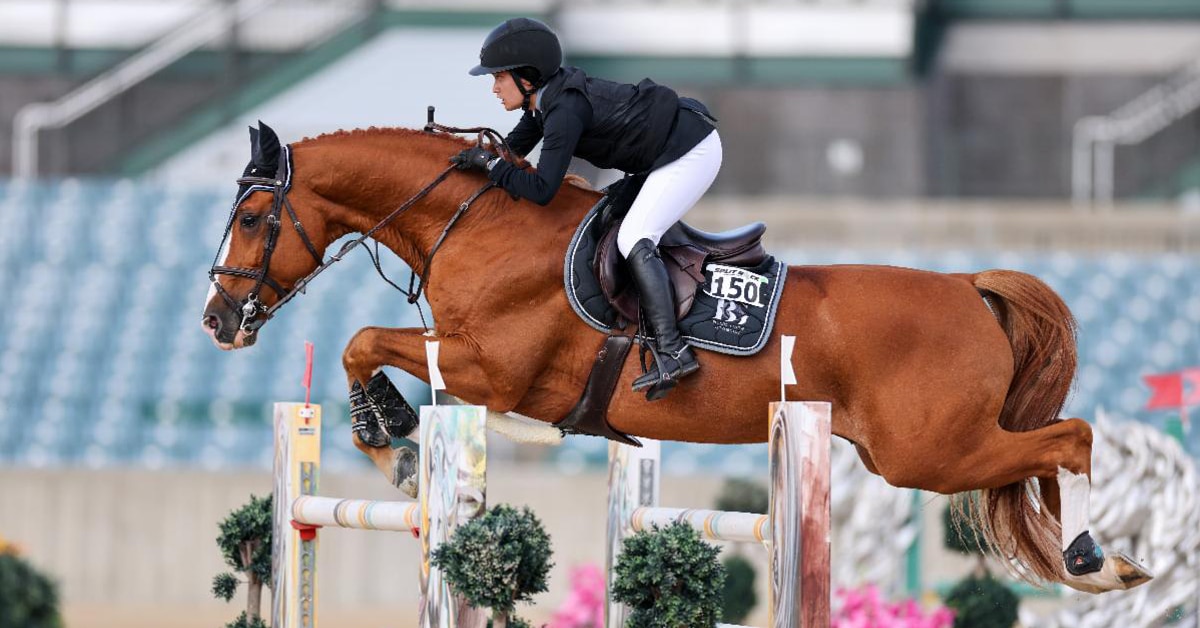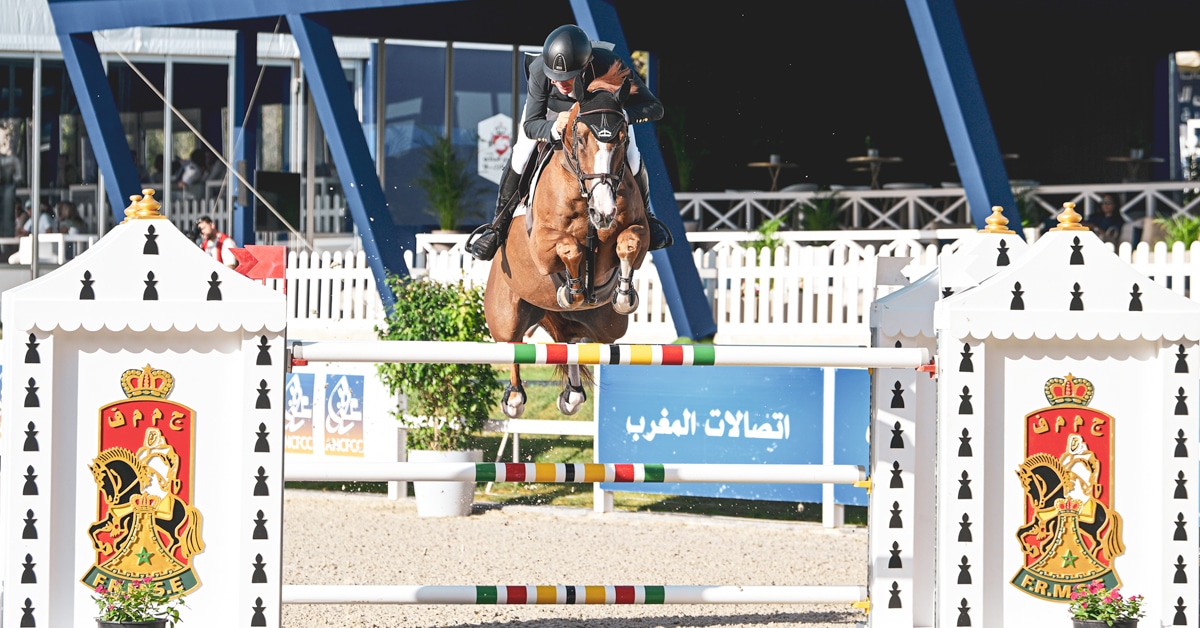Anti-Doping
This year, the FEI Anti-Doping Rules for Human Athletes (ADRHA) and Equine Anti-Doping and Controlled Medication Regulation (EADCMR) will undergo a full review in line with the introduction of the new WADA Code on January 1, 2021.
While some changes to the EADCMR will be mandatory to ensure that the FEI remains WADA compliant, the FEI has scope in some areas to adapt the rules to reflect the specificities of equestrian sport. For this reason, a survey was sent to all National Federations (NFs) and athletes to ask their opinions. The athletes know it is not possible to ask FEI to change all the legal issues that are not under its control, but they can ask to have the correct conditions to be sufficiently protected.
Riders clearly underlined how the risk of contamination and lack of stable security cause sleepless nights, and even worse, enormous harm. All riders live in fear that a great result will be tainted by a positive drug test that, after a lengthy and arduous process, is proven to be a case of contamination. Even a simple pat from a hand contaminated with a banned substance can result in a horse failing an anti-doping test.
Contamination can have diverse origins, including environmental, or from other animals or humans. At the present time, athletes feel insecure in that anti-doping rules are highly demanding but current stable security is poor and there is a high risk of accidental contamination. The IJRC is asking that the equine community and FEI can work together to mitigate the risk.
The athletes are requesting that:
“In the case of inadvertent doping (Banned Substance, i.e. Sparteine/Lupinus; Synefrine; Colchicine /autumn crocus) due to contamination, when a court recognises the athlete’s innocence, and when the quantity of the substance detected has not enhanced performance (in fact in some cases substances can be damaging: Oripravine), the athlete should not suffer any negative consequences: neither ineligibility, nor monetary sanctions, nor loss of prizes.
The norm could be limited to FEI events and exclude the Olympics. The Club would like to underline that the concept of proportionality of the sanction accepted by CAS (CAS sentence 2010/A/2268) and EU law is an important consideration especially when talking about ineligibility. This notion also needs to be defined and understood in the context of person responsible (PR) as defined by the FEI and especially when these persons are minors. It would be highly appreciated to have a definition with examples.”
The IJRC plans to organize a round table, gathering together experts from different backgrounds.
Hind Boots
Another important issue discussed is the ban on hind boots. As communicated in the NF News of April 16, 2020, the FEI Jumping Committee has confirmed that January 1, 2021 will be the date of implementation for the ban on hind boots at all FEI Jumping Events:
Article 257.2.6 of the FEI Jumping Rules: For implementation as of 1 January 2021: Only hind boots as described in JRs Art. 257.2.4 and 257.2.5, may be used at international Jumping Events.
European Championships
The FEI has announced that the European Championship in the Olympic and Paralympic disciplines of jumping, eventing, dressage and para dressage will not be held next year due to revised dates for the Tokyo Games. With over one year to go to the championships, a number of chefs d’equipe and riders are of the opinion that there would still be plenty of time to work on an alternative plan, while others are more uncertain as to what is realistic.
More News
